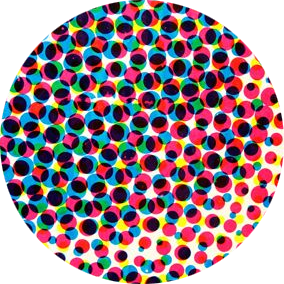Space & Time in “Paper Girls”

Comics are a static medium composed of fragmented images. As such, space, time & meaning depend on the art of juxtaposition. A sequence from Paper Girls #4, in which Tiffany’s life flashes before her eyes, showcases this art—and the symbolic value of fragments. 1/7 #PaperGirls




Aspect-to-aspect transitions, where we zoom in & out on various aspects of the same house/room over a stretch of years, involve us in the sequence. To make it make sense, we must participate in connecting the disparate fragments. This aligns us with Tiffany’s experience. 5/7

The use of colour is also vital. Strong contrasts signal the passage of time, evoking major changes between different moods, seasons, and times of day. Yet the palette remains muted, and the grid never changes. Boredom and excitement collapse into equanimity. 6/7

Tiffany is horrified by these memories, realizing she “wasted” her life. Maybe this condemns videogames, but we’d argue there isn’t a simple moral. Comics are ideal for exploring the nature of time, which, like comics, is subjective and only deceptively linear. 7/7
